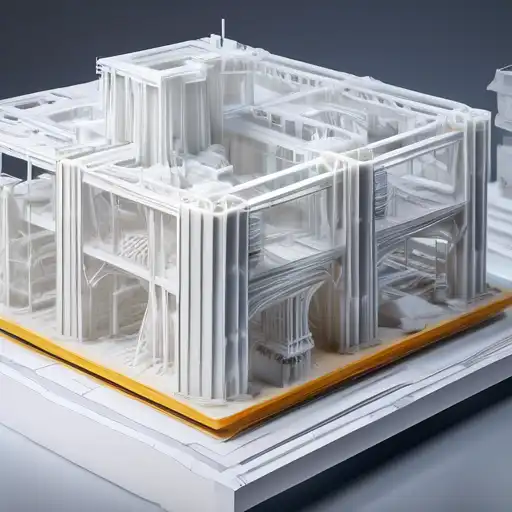Introduction to 3D Printing in Construction
The construction industry is on the brink of a revolution, thanks to the advent of 3D printing technology. This innovative approach to building is not only faster and more cost-effective but also opens up new possibilities for architectural design and sustainability. In this article, we explore how 3D printing is shaping the future of construction.
The Benefits of 3D Printing in Construction
3D printing, or additive manufacturing, offers numerous advantages over traditional construction methods. These include:
- Reduced Construction Time: Projects can be completed in a fraction of the time it takes with conventional methods.
- Lower Costs: Significant savings on labor and materials make 3D printing an economically attractive option.
- Design Flexibility: Complex geometries that were once impossible or too costly to achieve are now within reach.
- Sustainability: Minimized waste and the ability to use recycled materials contribute to greener construction practices.
Current Applications of 3D Printing in Construction
Around the globe, 3D printing is being used to construct everything from residential homes to commercial buildings and even bridges. Notable examples include:
- The world's first 3D-printed office building in Dubai.
- A 3D-printed pedestrian bridge in Spain, showcasing the technology's potential for infrastructure projects.
- Affordable housing projects in developing countries, where 3D printing offers a quick and cost-effective solution to housing shortages.
Challenges and Future Prospects
Despite its potential, 3D printing in construction faces several challenges, including regulatory hurdles, material limitations, and the need for skilled operators. However, as the technology matures and these obstacles are overcome, the possibilities are endless. Future advancements could lead to the widespread adoption of 3D printing, making it a standard practice in the construction industry.
Conclusion
3D printing in construction represents a significant leap forward in how we build our world. With its ability to reduce costs, save time, and promote sustainability, it's clear that this technology will play a pivotal role in the future of construction. As we continue to explore and innovate, the dream of building tomorrow, today becomes increasingly attainable.
For more insights into the latest construction technologies, check out our articles on sustainable building materials and the future of urban development.
